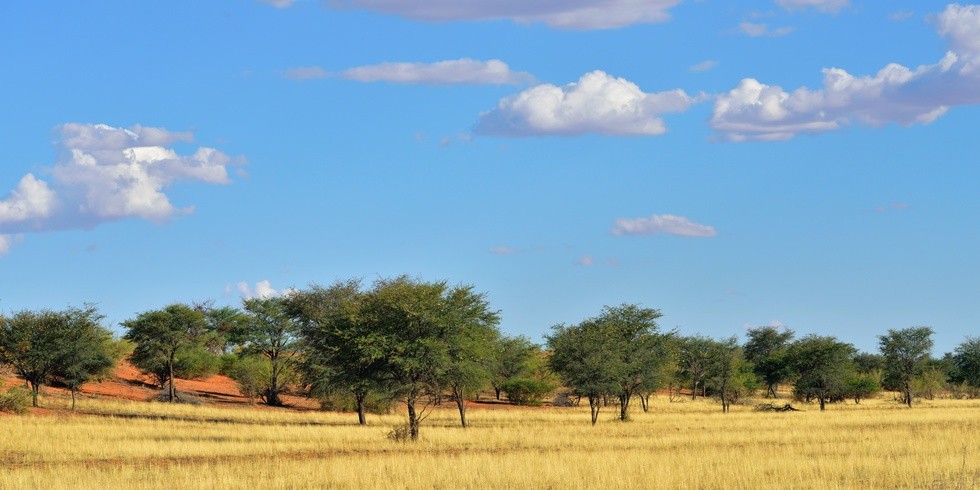Piezometric surveys of Otavi karst aquifer – data analysis through barometric efficiency calculation
The main concepts for identifying and removing barometric pressure effects in confined and unconfined aquifers are described. Although it is commonly known that barometric pressure changes can effect water level readings, few articles and procedures are provided to correctly manage piezometric data.
Knowing the barometric efficiency reduces errors in calculating piezometric surfaces and drawdowns in the piezometers during pumping tests. Stallman (1967) suggested furthermore, that air movement through the unsaturated zone and the attendant pressure lag, could help to better describe the aquifer properties. Rasmussen and Crawford (1997) described how barometric efficiency varies with time in some aquifers and how to calculate the corresponding barometric response function (BRF). They also showed that this last parameter is related to the degree of aquifer confinement. Finally we present an application of the procedure in an unconfined karst aquifer located in northern Namibia (Otavi mountainland) where a set of four absolute transducers have recorded water level changes and earth tides during a 10 months period at 1 hr. interval.
General framework
The area under investigation is in the SE part of a 6000 sq. km plateau with average elevation of 1300-1500 m a.s.l. and hills reaching 2000 m (see below).

Rock formations are made of thick dolomitic limestone beds with stromatolites (500 b.p.). The strata have been folded into a number of synclines and anticlines generally striking east – west. The southern part of the study area is bordered by a long fault with various mineral occurrences (copper, vanadium, lead, zinc). Due to the high fracturing, low vegetation cover and lack of soil, surficial runoff is almost nil. Two natural water basins, collapsed dolines, of 100-200 m in large, are located farther north and outside the project area. The mean annual rainfall is 540 mm (1926 – 1992) with peaks during summer, between December and March. Since mid ‘70s and until the year 2000 the area suffered a fall in precipitation that, together with mining activity (Kombat, Tsumeb, Abenab) were responsible for the lowering of the water table of as far as 20-30 m in some places.
From 2005 on, this trend has reversed due to the reduced activity of the mines and a new meteorological regime.
Hydrogeological framework
This region is well known for its karst features, and hosts some wide underground lakes located between 70 and 120 m below ground surface.
The area is also classified as one of the most important aquifer of the country (Dept. of Water Affairs, MAWRD, area E-F). To glean more valuable insights into this particular environment and locate alternative positions for water boreholes we prepared two piezometric maps (2007-2010) and installed 4 water level transducers in some water points at 2-4 km distance in Harasib farm (fig. 13).
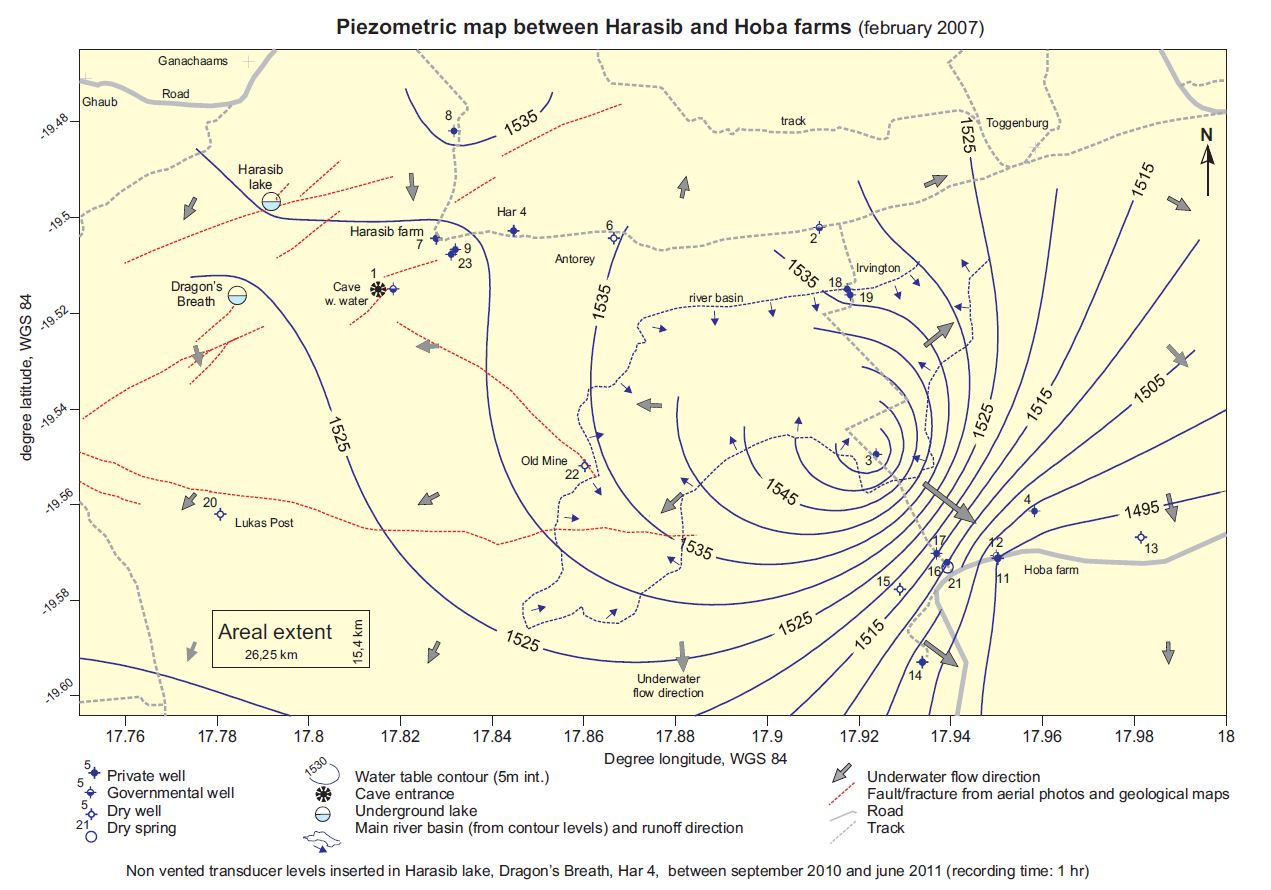
Fig. 13 Piezometric map (February 2007) and position of three water level loggers
The 2007 piezometric surface shows a recharge area, coincident with the topographic highs and feeded by rain infiltration. From this point, underground flow directions are to SW and SE. During this stage we focused our researches to define:
- Type of aquifer
- Aquifer connections between Harasib and Dragon’s lakes
- Recharge
Chemical analysis of surface and deep waters were conducted in 2007, while continuous barometric pressure and water level readings were made during a ten months period, between September 2010 and June 2011. The aquifer recharge starts when cumulative rain exceeds 400-500 mm. The thickness of the unsaturated part ranges from 40 to 100 m. Considering this value close to the average annual rainfall, and that the aquifer is karstic and highly fractured, one should note that one or two years of scarce precipitation is enough to decrease dramatically the exploitable yield.
Barometric efficiency (BE) and barometric response function (BRF)
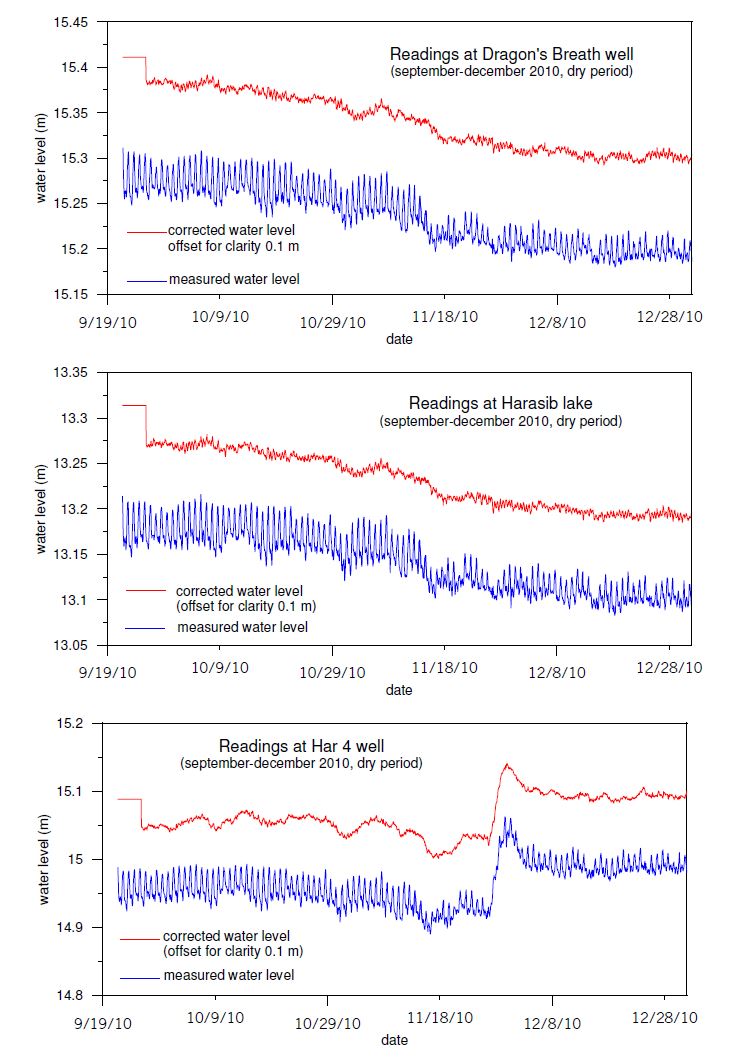
Fig. 16 Values of dry period (September – January)
The water level readings have been analysed with the software BETCO (Sandia National Laboratories), to remove the effects of the barometric pressure changes. The measured and corrected values are depicted in fig. 16 and refer to the dry period (September – January) while fig. 17 shows the barometric pressure versus water level changes, used for the calculation of the barometric efficiency.
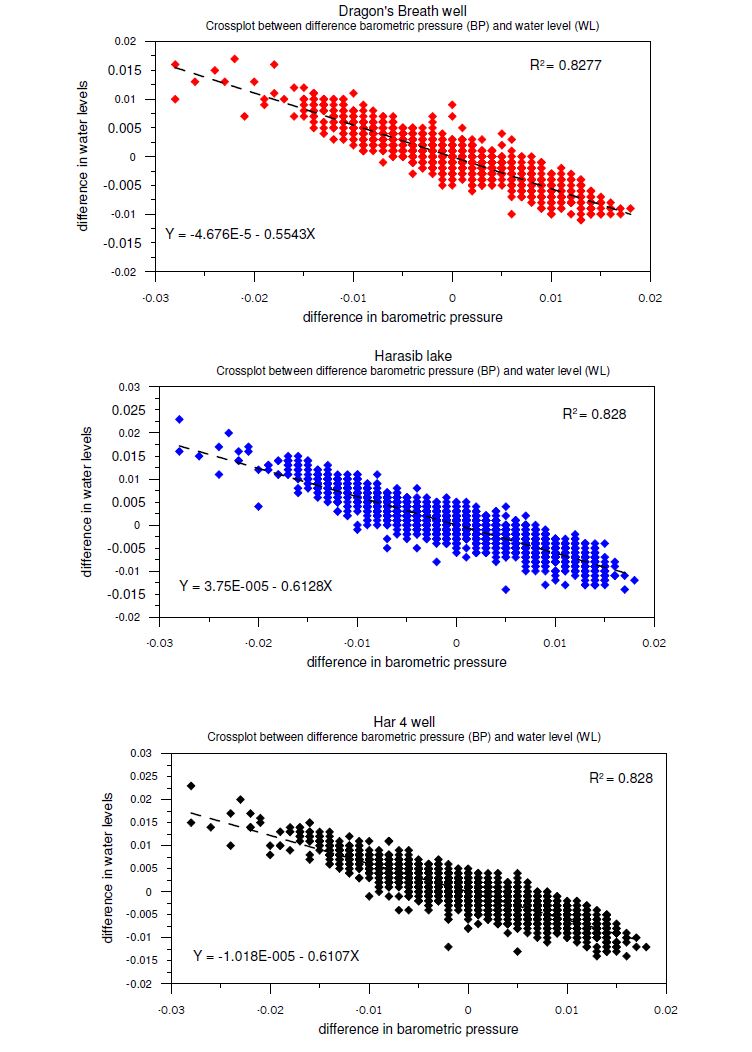
Fig. 17 Difference in barometric pressure and water levels during the dry period (Sept.-Dec. 2010)
In all examples we notice that:
- There is a good correlation between measured and corrected values, even if with lower amplitude
- There still is a variation diminishing in the corrected values; being excluded skin effects phenomena this behaviour could be ascribed to other non-barometric effects (earth tides, double porosity)
- The initial barometric efficiency values are quite similar (0.55 – 0.61)
In fig. 18 is depicted the barometric response function (BRF) that characterises the water level response over time to a step change in barometric pressure; essentially BRF is a function of time since the imposed load.
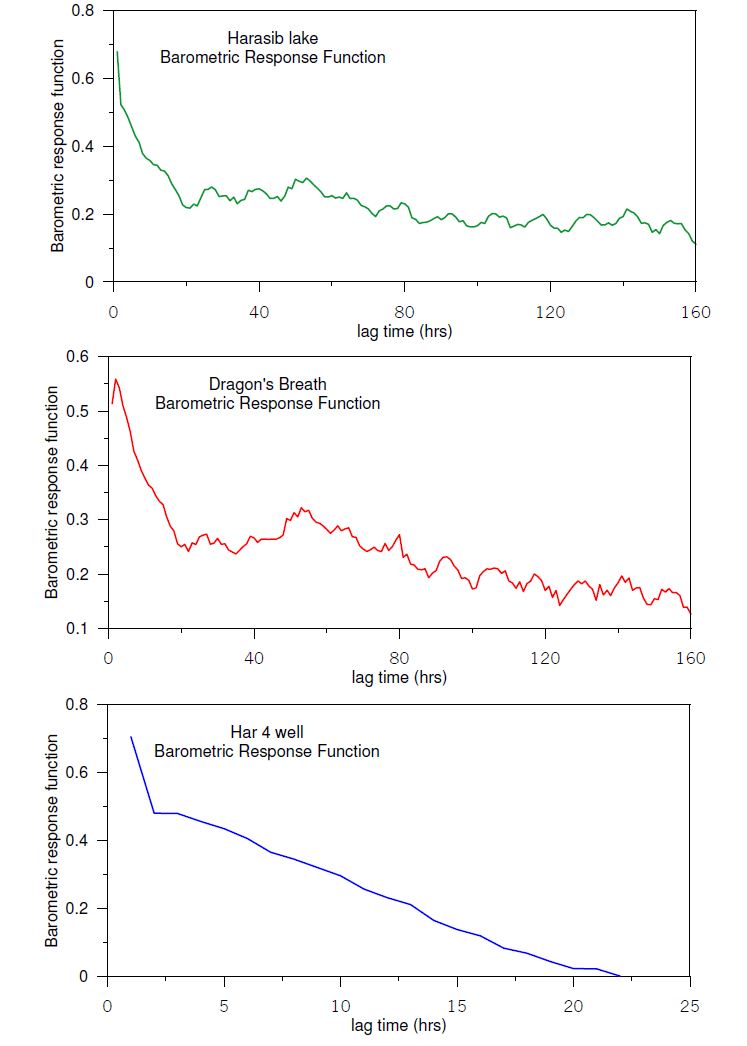
Fig. 18 Barometric Response Functions for the three water points. The curves are similar (especially Dragon’s Breath and Harasib lake) suggesting an unconfined aquifer with perhaps a double porosity component.
A good agreement is observed for all three water points. In Dragon’s Breath lake e.g, there is a quick rise to 0.5 and a longer term decay to a lower value (0.2 – 0.3 after 20 hrs), due to the slow passage of air through fractures. The balance between external pressure and the aquifer is reached at 0.1 value.
The shape of the three curves indicate an unconfined aquifer with good hydraulic connections especially between Dragon’s Breath and Harasib lake, this last one at 2 km distance.
The correlation has also been proved by isotopic and chemical analysis made in 2007 (prof. Franco Cucchi, Dept. of Geology, Trieste University).
Generally speaking the collected data confirm the unconfined behaviour of the aquifer, overlaid by a thick and rigid unsaturated layer, well fractured and hydraulically connected. The initial barometric efficiency is higher than the final.
Earth tides and sensor readings
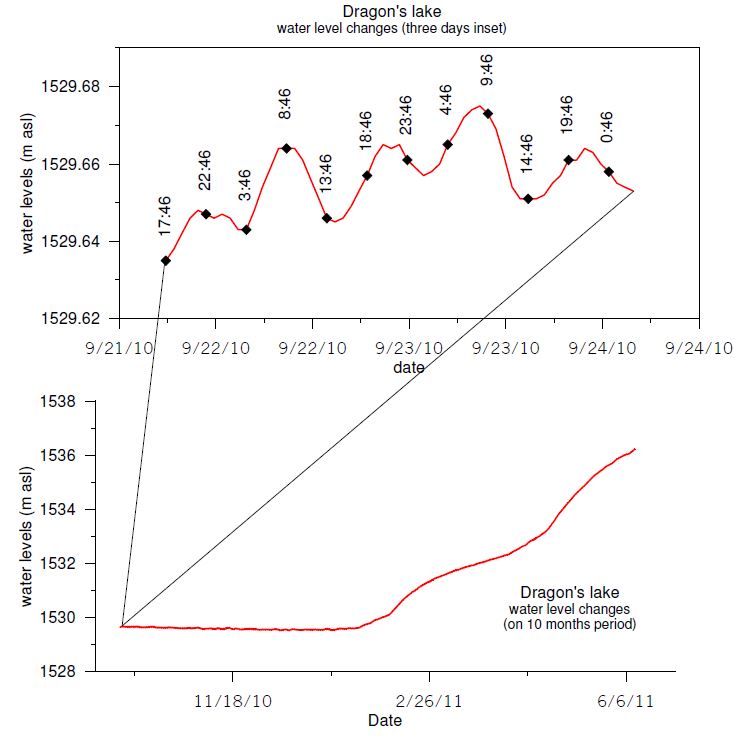
Fig. 19 Water levels asl in the underground lake. The enlargement above shows small cyclic differences due to earth tides.
Regarding this last topic, data collected are still scarce but we think it is nevertheless interesting to illustrate some thoughts. When inspected in detail the curves show a distinctive zig-zag pattern with peaks every 10-12 hrs (fig. 19). This behaviour supports the effect of earth tides, producing slight changes in the volume of the fractures and pores and hence in the groundwater potential. The Fourier analysis (Shumway, 1988) shows the harmonic structure for the three water points in fig. 20 and the tide components in fig. 21.
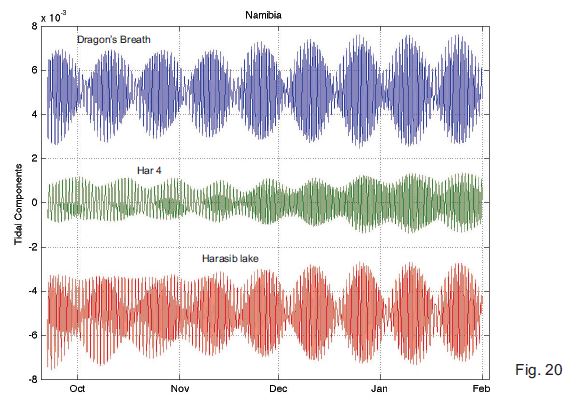
Fig. 20 Harmonic structure for the three water points
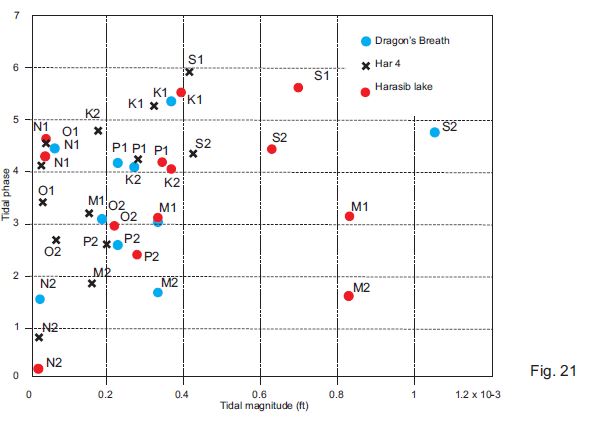
Fig. 21 Tidal magnitudes for the main harmonic components (values in ft)
The area close to Harasib lake has the higher values for the M2 component and this can be considered as an indication of a higher transmissivity zone (Merritt, 2004). This fact is partly confirmed by the presence of a local fracture elongated ENE-WSW very close to Harasib lake.
Concluding remarks
Water levels fluctuations in aquifers are not only due to recharge variations. Barometric pressure and tides are among the main concerns. Knowing barometric pressure variation for a particular site, helps to validate a piezometric map or a pumping test. Modern pressure transducers vented to the atmosphere are recognised to be extremely useful when installed into boreholes. Recordings are different following the type of aquifer and the graphs can be diagnostic of the degree of confinement for the monitored levels.
Useful parameters that characterize this behaviour are the barometric efficiency (BE) and the barometric response function (BRF). The latter characterizes a deep unconfined aquifer when values are initially high and approximate 0 on the long term response, conversely the aquifer is confined/semiconfined when values stay constant or approximate 1 on the long term response. Removing barometric effects is sometimes necessary to correctly interpret a pumping test or dress up a piezometric map. Finally a particular analysis of the water level data allows to calculate the harmonic components due to tides and hence some hydrogeological features.
This theoretical approach has been applied to the data gathered for a project study of an unconfined karst aquifer in northern Namibia. Water levels have been monitored during a 10 months period, with hourly readings and by means of four transducers. The data confirmed the general assumptions obtained during preceding investigations and have underlined the importance of the use of such instruments for aquifer assessment, showing particularly:
- The role of the recharge due to rainfall and high transmissivity around Harasib lake area
- The good hydraulic connection and conductivity for the aquifer
- The lack of confining layers (it’s a deep and rigid unconfined aquifer)
- The storage effect of the unsaturated part, above the water table, that starts draining when rain exceeds 400/500 mm
- The other pressure effects, such earth tides, can be highlighted using water level transducers
Acknowledgements
Namgrows stands for Namibian Groundwater Systems, a project set up by the author and the colleague Gérald Favre, with the participation of geologists and cavers from 4 different countries (Italy, Switzerland, Namibia, South Africa). The project was supported in Namibia by eng. Sarel La Cante and his wife Leoni Pretorius (Harasib farm).
The company STS – Italia sponsored us by providing the water level sensors and its technical support.
I also wish to thank prof. Todd Rasmussen (The University of Georgia, Athens) for providing his valuable insights into the data and particularly those regarding the barometric efficiency and earth tides.
Source: Dr. Alessio Fileccia / Consulting Geologist
